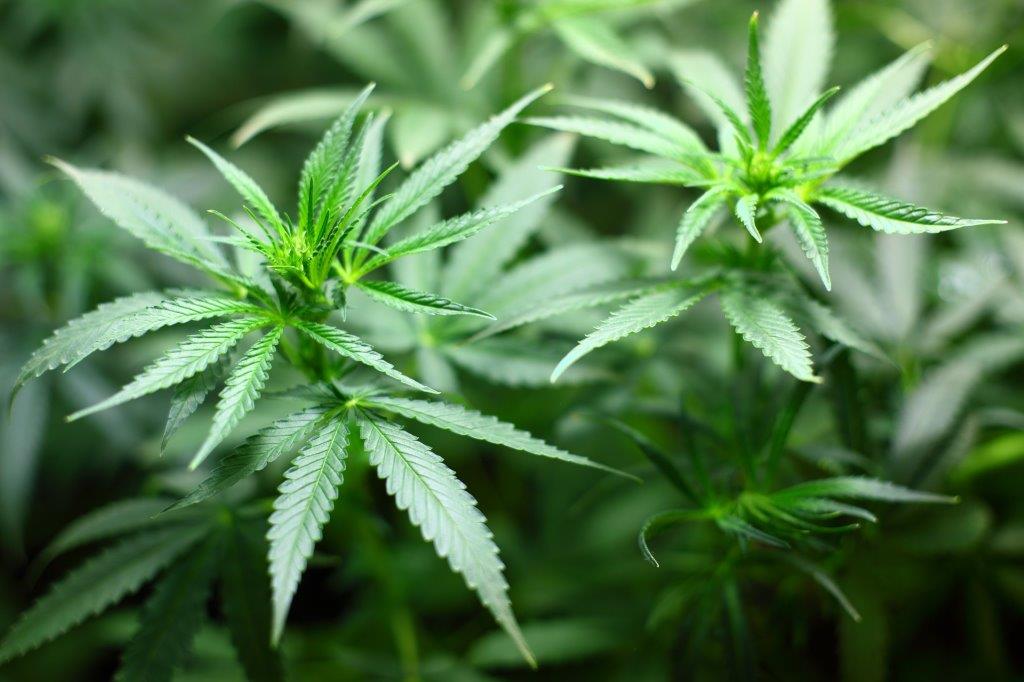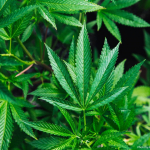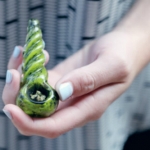In our clinic, we are seeing more and more women of reproductive age using marijuana in various forms. According to research published in the Journal of the American Medical Association, there has been a significant increase in the use of marijuana among women of childbearing age over the last decade. Marijuana use was the highest in women aged 18 to 25 years, with past-month prevalence reaching 7.47% in 2014.
Among pregnant women, the prevalence of marijuana use increased from 2.37% in 2002 to 3.85% in 2014.
Despite the relatively high prevalence of its use in pregnant and postpartum women, we have relatively little data on the safety of cannabis in this population. Previous studies have demonstrated that low levels of delta-9-tetrahydrocannabinol (THC), the main psychoactive component of cannabis, can be detected in the breast milk of mothers who use it.
In a more recent and much larger study, 50 breastfeeding women who reported marijuana use provided 54 breast milk samples for analysis. Most of the women in this study were daily users. Concentrations of ?-9-tetrahydrocannabinol (?9-THC), 11-hydroxy-?-9-tetrahydrocannabinol, cannabidiol, and cannabinol were measured.
In 34 (63%) of the 54 samples, ?9-THC was detectable up to ?6 days after the last reported use; the median concentration of ?9-THC was 9.47 ng/mL (range: 1.01-323.00). The number of daily uses and time since last use predicted levels of ?9-THC in the breast milk.
The findings are not surprising given that cannabinoids are highly lipophilic compounds and that human milk is composed of 3% to 5% fat. In addition, lipophilic cannabinoids consumed by the mother are stored in her fatty tissues and are gradually released, which explains why cannabinoid metabolites can be detectable in breast milk (and other body fluids) for such a long period of time.
This study did not measure infant plasma concentrations of cannabinoid metabolites. Based on their findings, the authors estimated that the mean infant plasma concentration of ?9-THC received through breast milk would be about 1000 times lower than the concentration of ?9-THC which would be observed in an adult after a single dose of 10 mg of ?9-THC. While this level of exposure is low, there is concern that cannabinoid metabolites may actually accumulate in the fatty tissues of the baby, and because this would result in a slower rate of elimination, the breastfeeding baby may be exposed to much higher levels of cannabis, particularly when the mother is a daily or heavy user. (A newborn baby has about 12%-15% body fat; this will double over the first month of the child’s life.)
This study did not provide any data on the long-term neurobehavioral outcomes of these children. Thus far few studies have looked at the outcomes of children exposed to THC during pregnancy and/or through breast milk. One of the challenges in gathering data regarding the effects of THC on the developing brain is that it may be difficult to distinguish the effects of THC from other exposures. For example, women who use cannabis during the perinatal period are more likely to use tobacco and other substances which may also impact development. Furthermore, using cannabis may affect or compromise a woman’s ability to parent, and that may have downstream effects on the child’s development as well.
One of the most concerning things is that various research studies have demonstrated that, while the adult brain seems to suffer few long-term effects as a result of cannabis exposure, the developing brain is particularly vulnerable to the deleterious effects of marijuana exposure. Adolescents and young adults who are persistent users exhibit lower psychological functioning and diminished IQ. Studies looking at the effects of marijuana exposure on infants are limited and have yielded conflicting results.
While marijuana is viewed as a safe alternative for the treatment of various maladies associated with the perinatal period, including anxiety and depression, there is no data to support the use of marijuana for the management of these conditions. Given that we know so little about the long-term neurobehavioral effects of exposure to cannabis on the developing brain, ACOG and other professional organizations advise mothers to abstain from marijuana during pregnancy and while nursing.
Ruta Nonacs, MD PhD
Bertrand KA, Hanan NJ, Honerkamp-Smith G, Best BM, Chambers CD. Marijuana Use by Breastfeeding Mothers and Cannabinoid Concentrations in Breast Milk. Pediatrics. 2018 Sep;142(3). PMID: Free Article








Leave A Comment